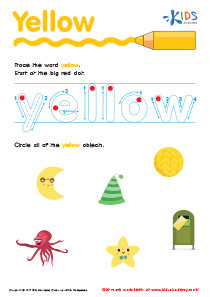Handwriting Skills Normal English for Beginners Worksheets for Ages 5-6
5 filtered results
-
From - To
Introducing our "Handwriting Skills Normal English for Beginners Worksheets" designed specifically for children ages 5-6. These engaging and educational worksheets foster essential handwriting skills, helping young learners develop fine motor skills and a strong foundation in English. Each colorful, easy-to-follow activity offers guided practice in letter formation, word writing, and more, making learning fun and effective. Perfect for early learners and ESL students, our worksheets support parents and teachers in setting the stage for future academic success, building both confidence and competence in young writers. Explore more and download today to enhance your child's learning journey!
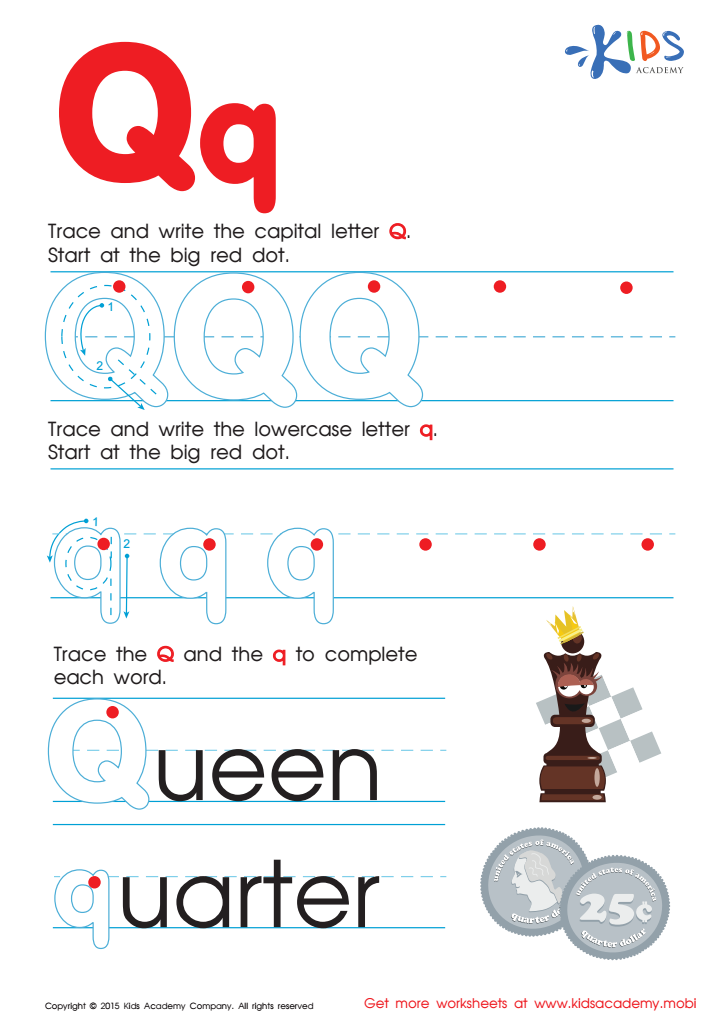

Letter Q Tracing Page
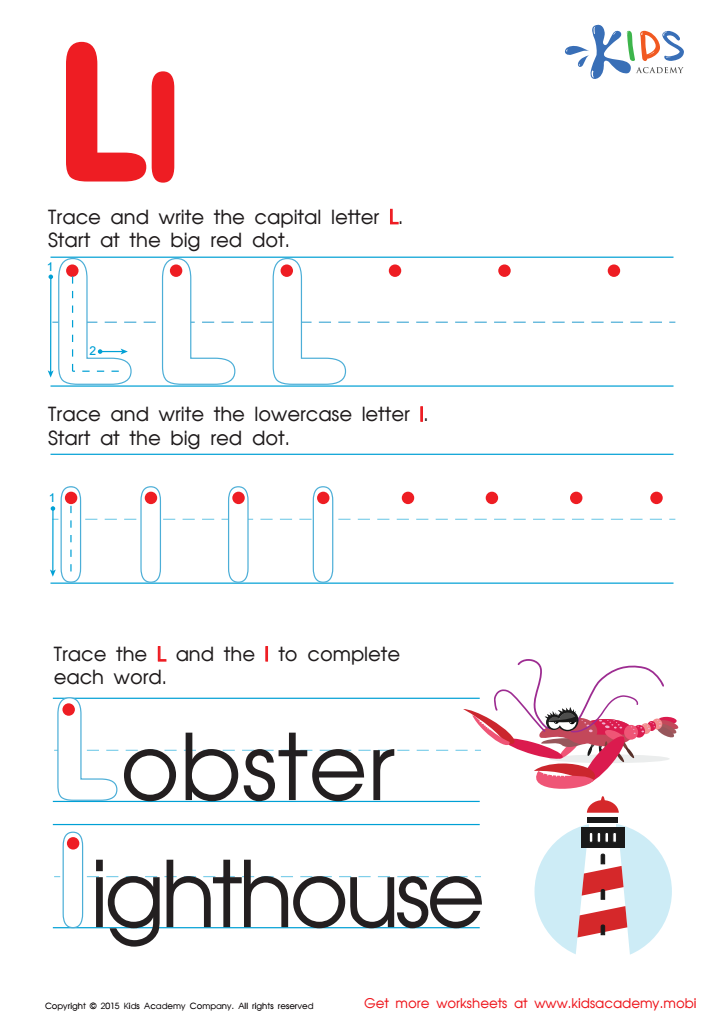

Letter L Tracing Page
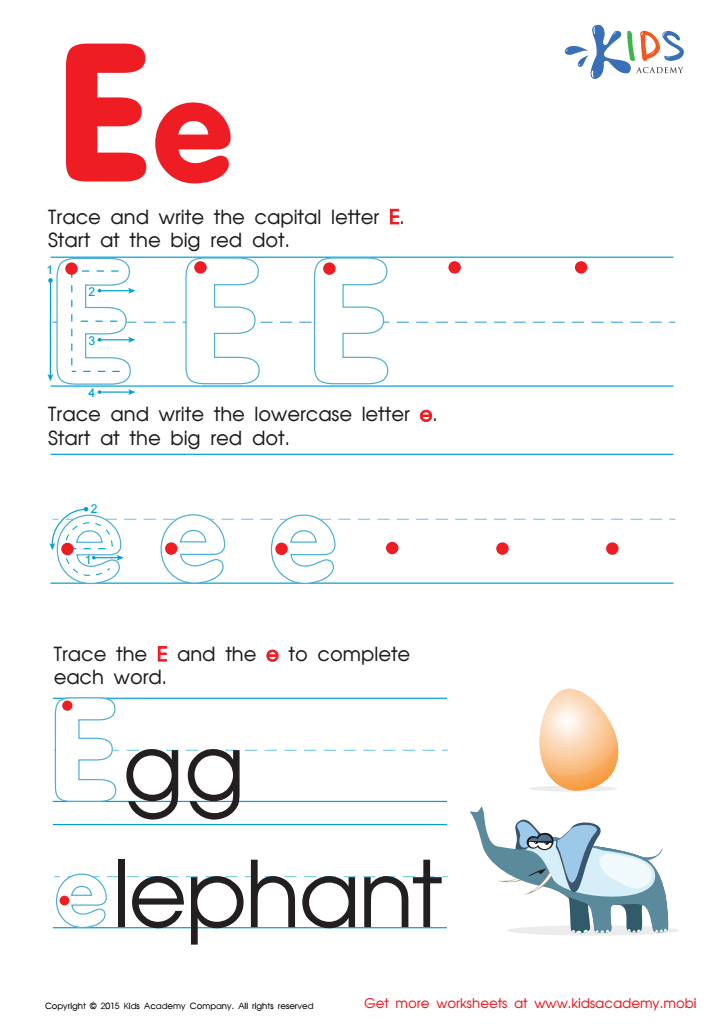

Letter E Tracing Page
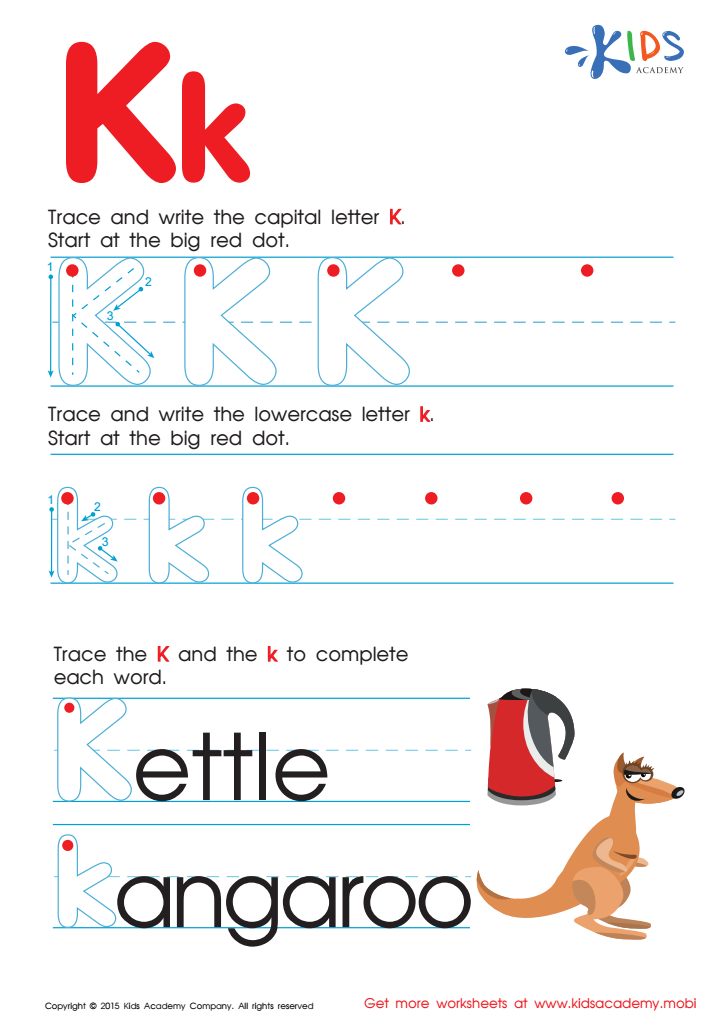

Letter K Tracing Page


Letter F Tracing Page
Handwriting skills are fundamental for young learners, particularly for children aged 5-6 who are just starting their educational journey. First, developing strong handwriting skills at an early age enhances fine motor development. The act of controlling a pencil or crayon improves hand-eye coordination, dexterity, and muscle memory, which are crucial for various daily tasks.
Second, handwriting plays a significant role in cognitive development. Learning to form letters and words activates multiple areas of the brain, aiding in better memory and understanding of language. It reinforces reading skills by helping children recognize and differentiate letters and words more easily.
Moreover, good handwriting skills contribute to a child’s confidence and independence. When children can write clearly, they are more likely to engage in written activities such as journaling or crafting stories, which fosters creativity and self-expression.
Additionally, neatly formed handwriting is critical in a classroom setting. Teachers can better assess and provide feedback on a child’s work when written clearly, ensuring effective communication between student and teacher.
Lastly, the habits and skills developed in early childhood often carry through to later years. By prioritizing handwriting skills at ages 5-6, parents and teachers set children up for future academic success, making fluency in foundational tools a worthwhile endeavor.
 Assign to My Students
Assign to My Students









